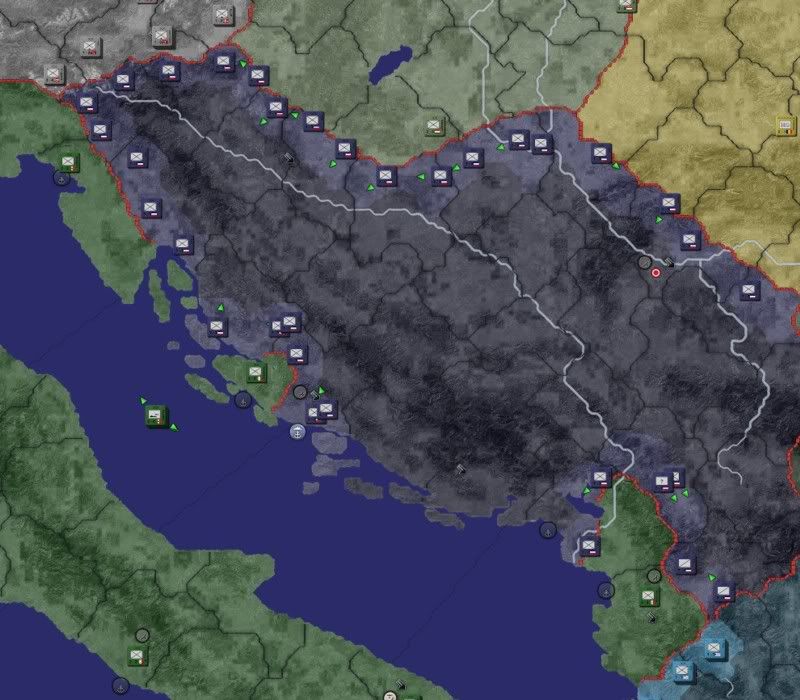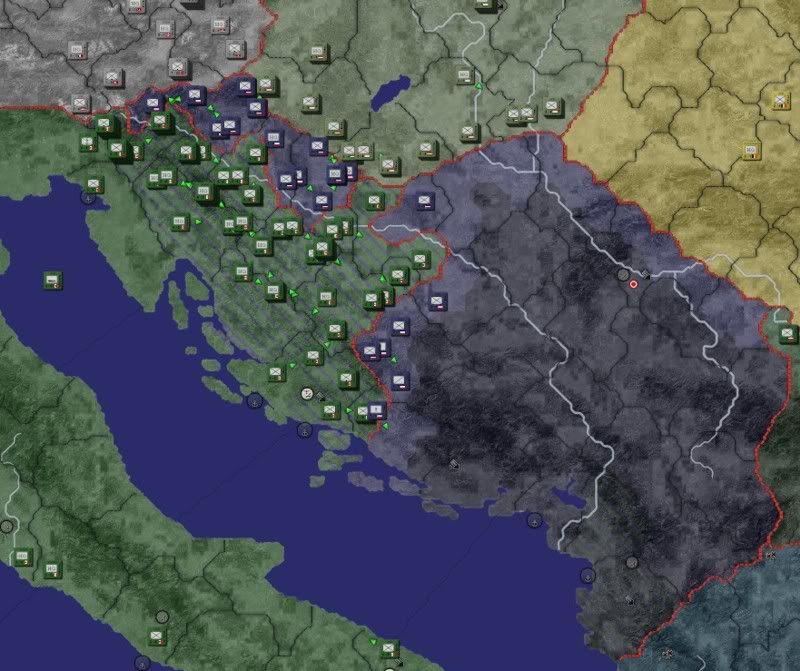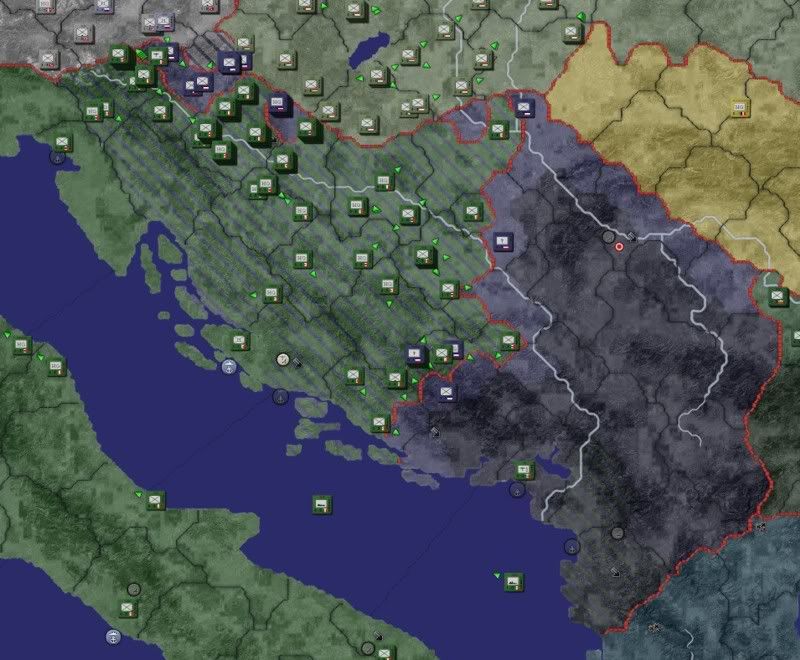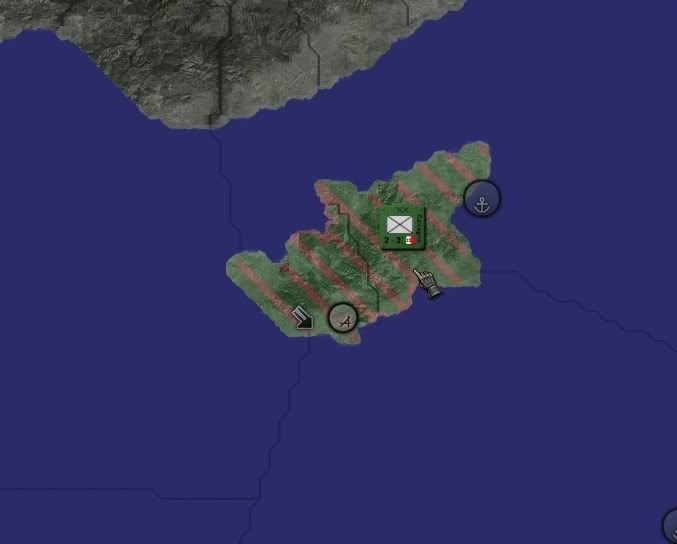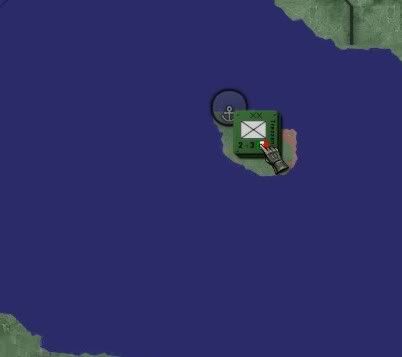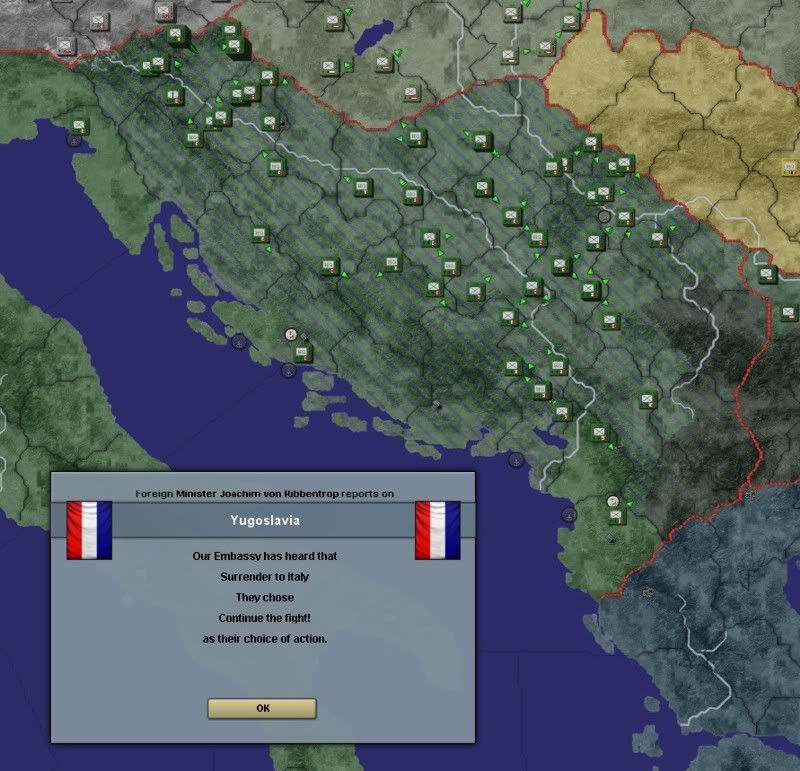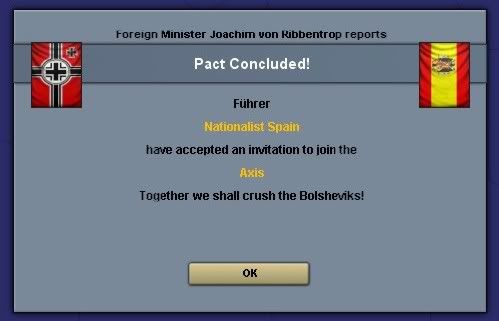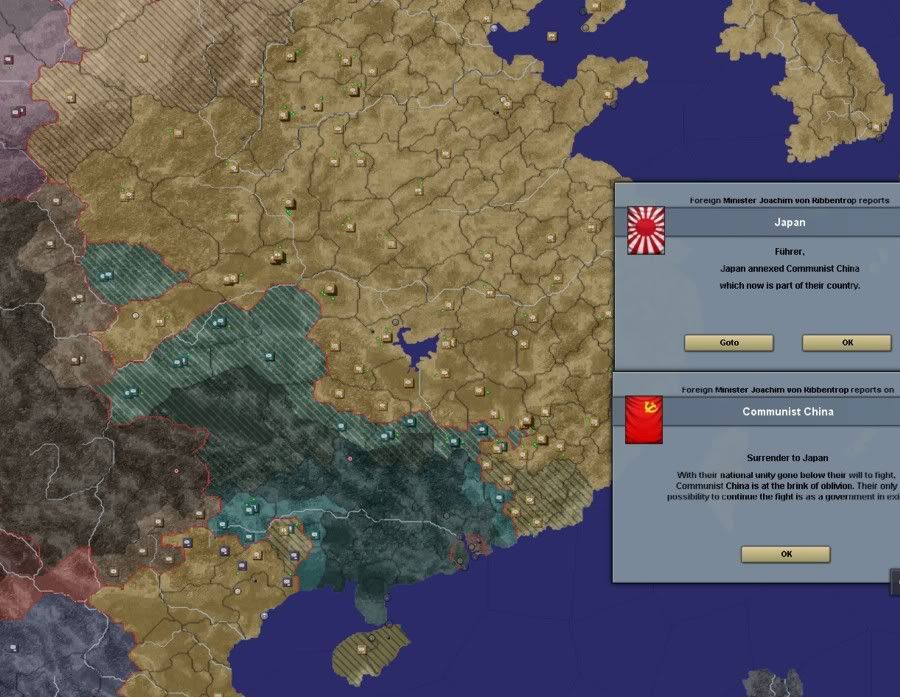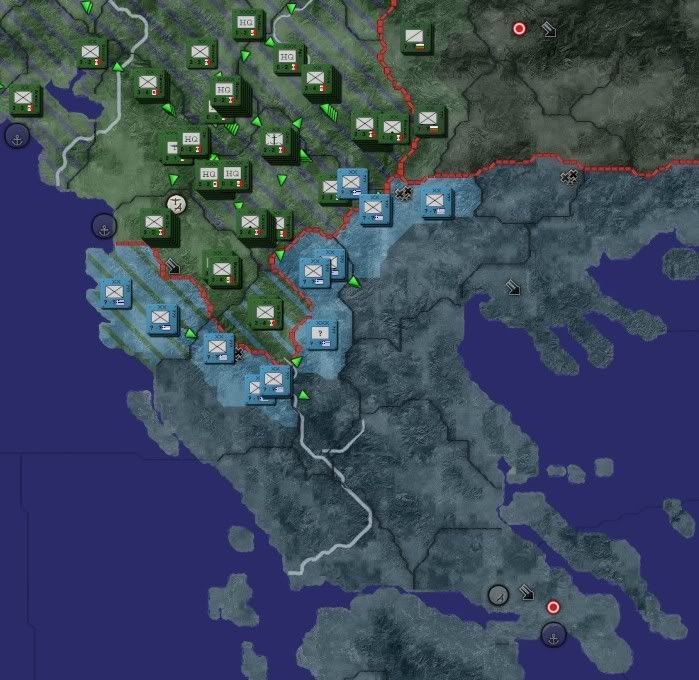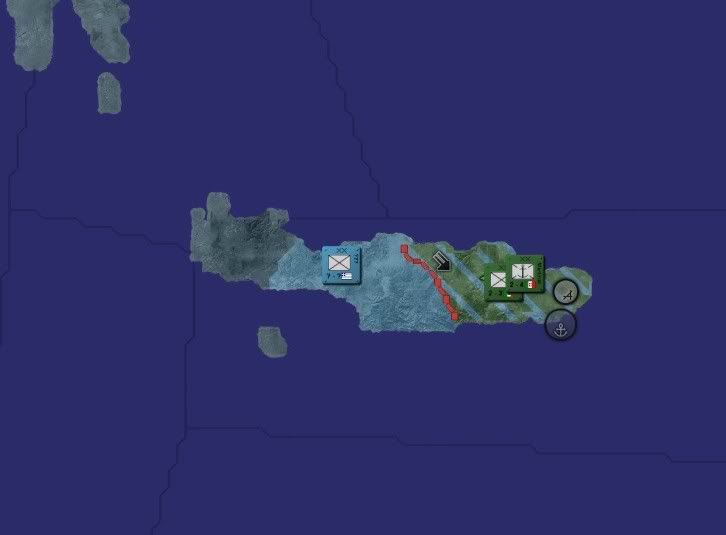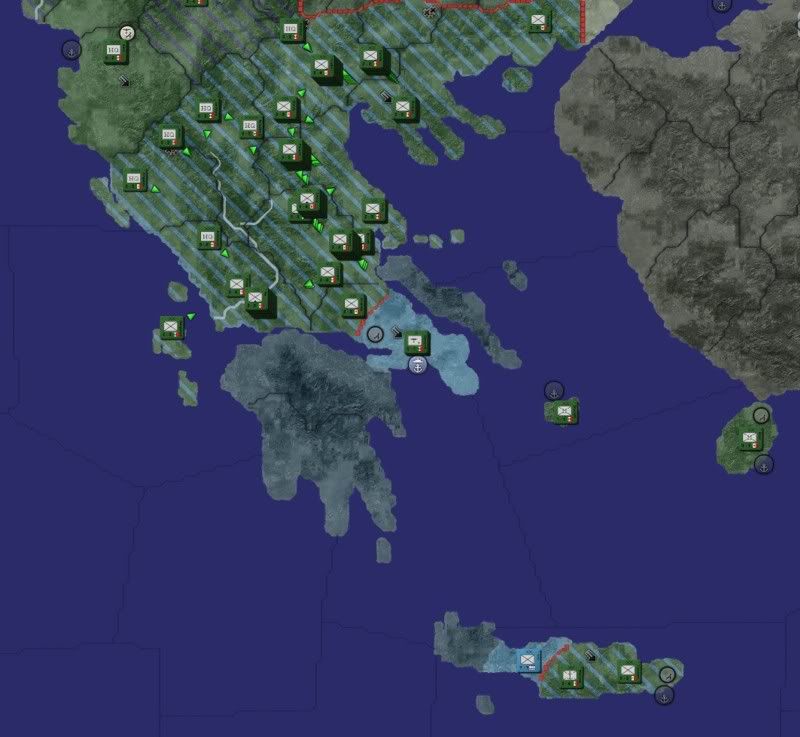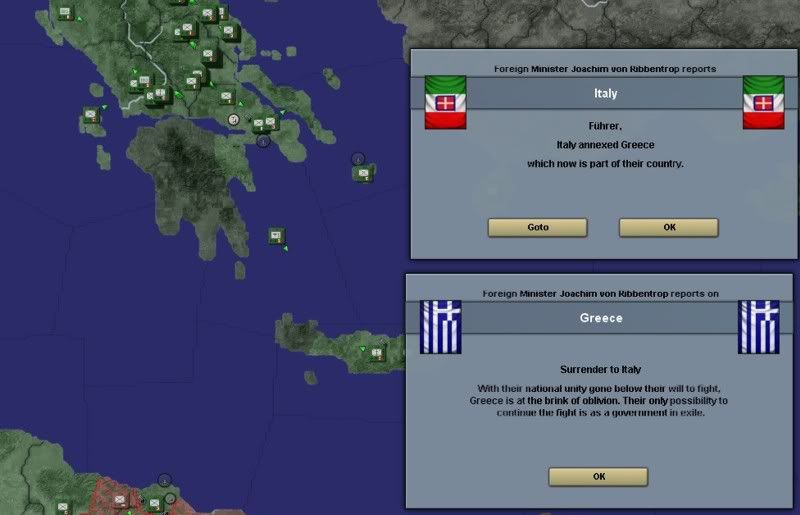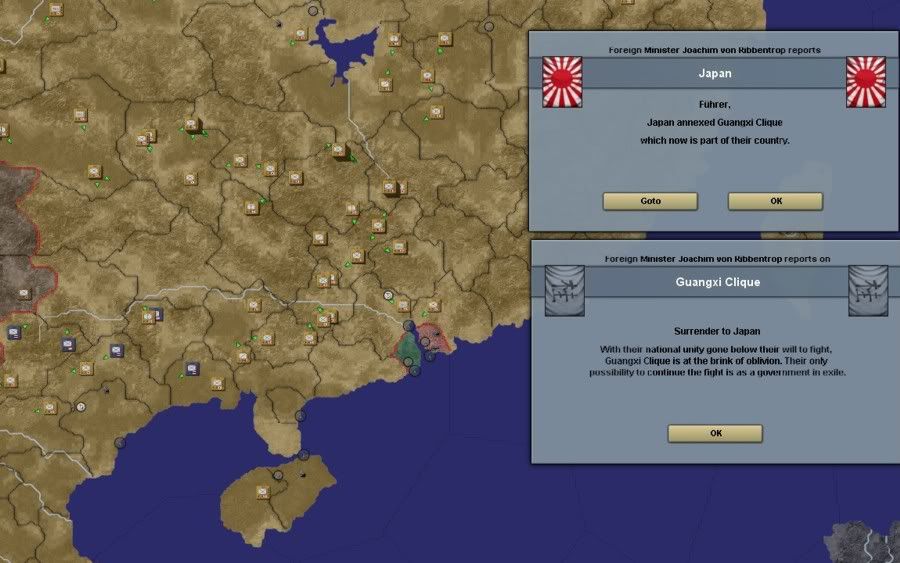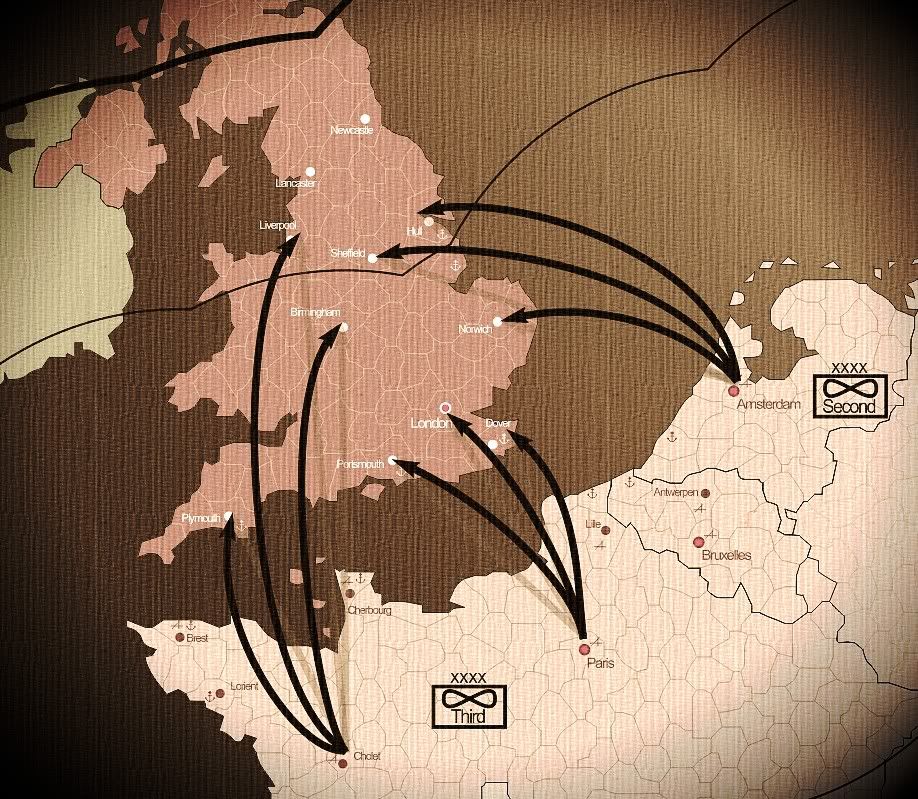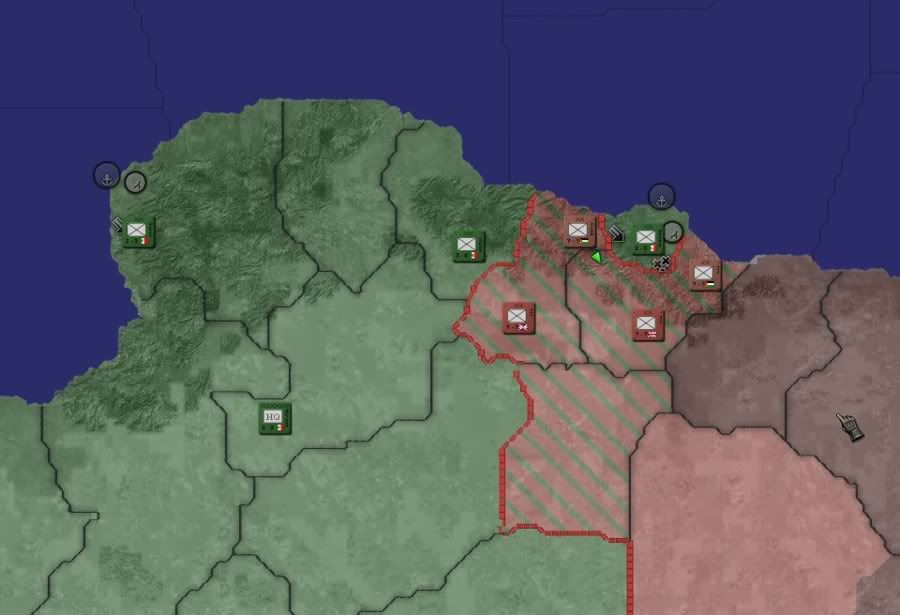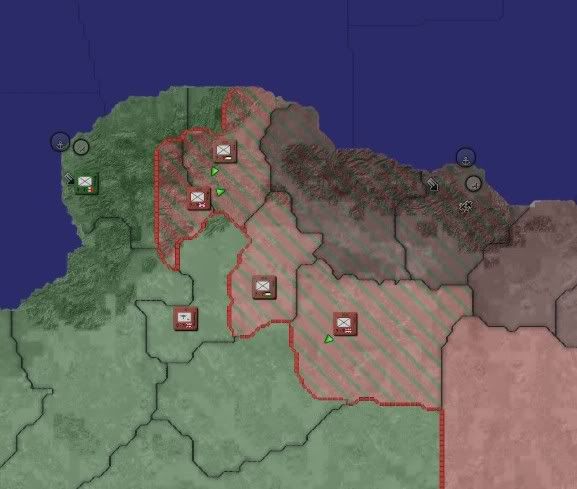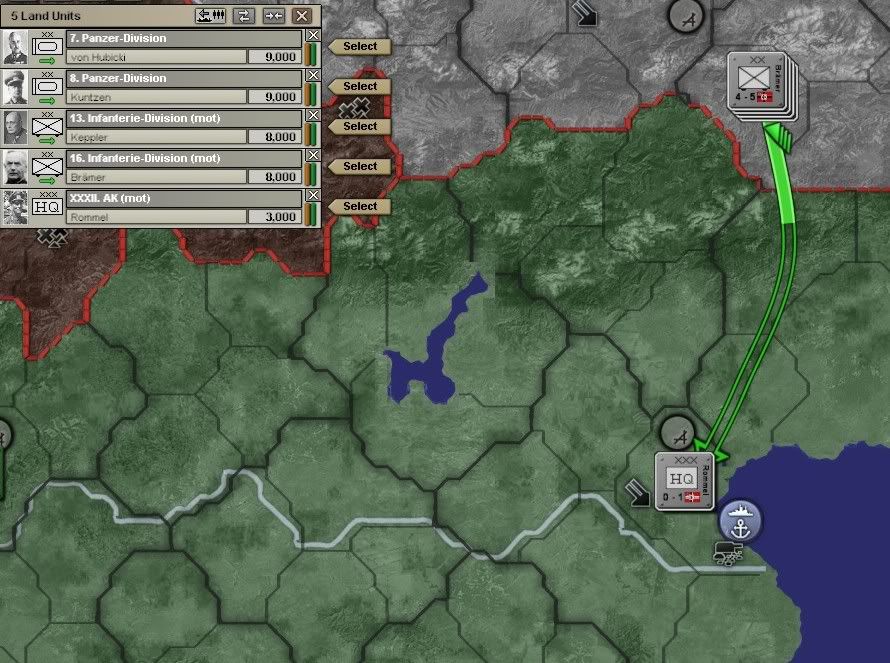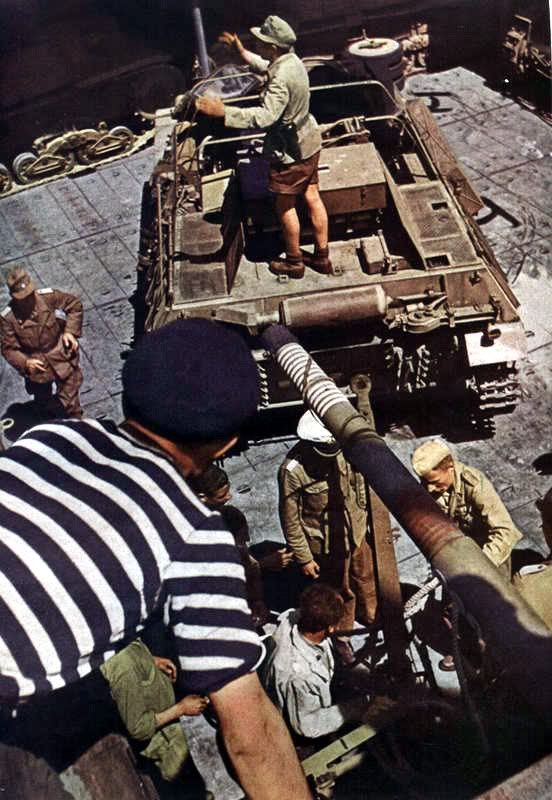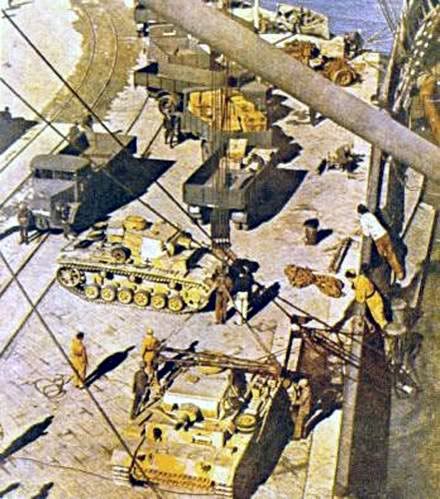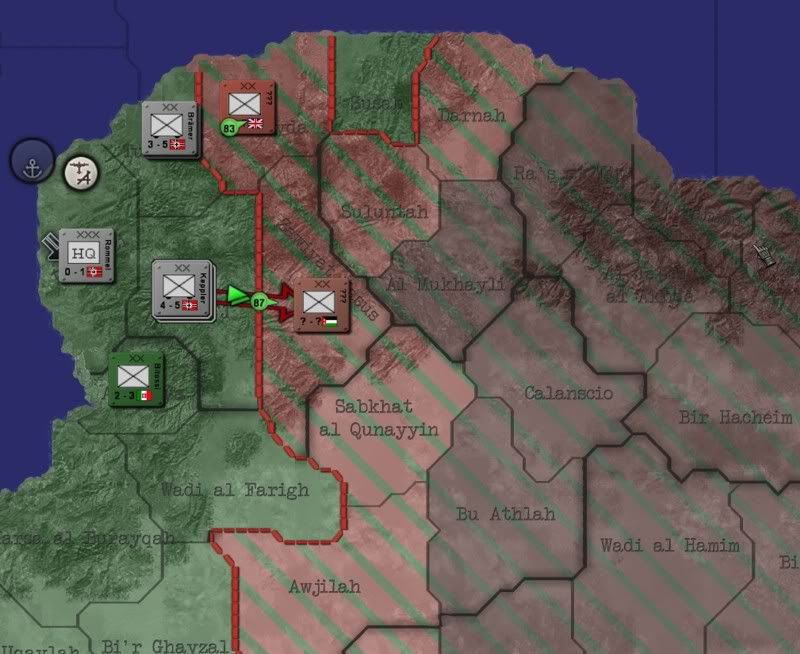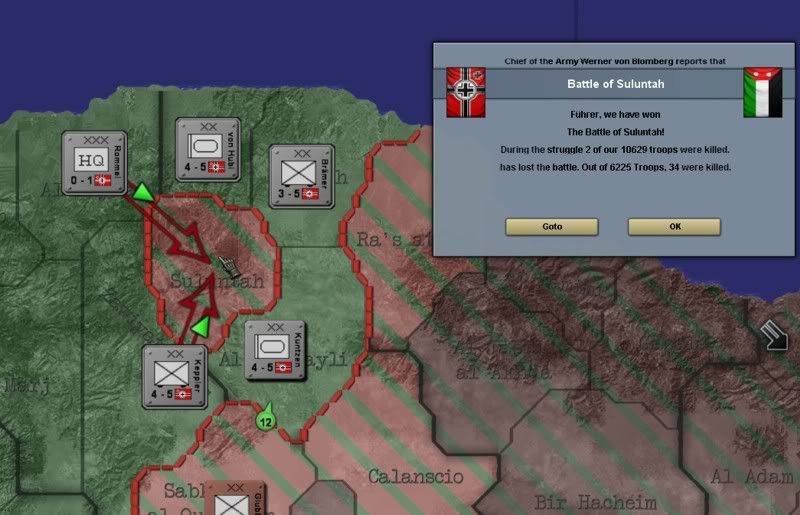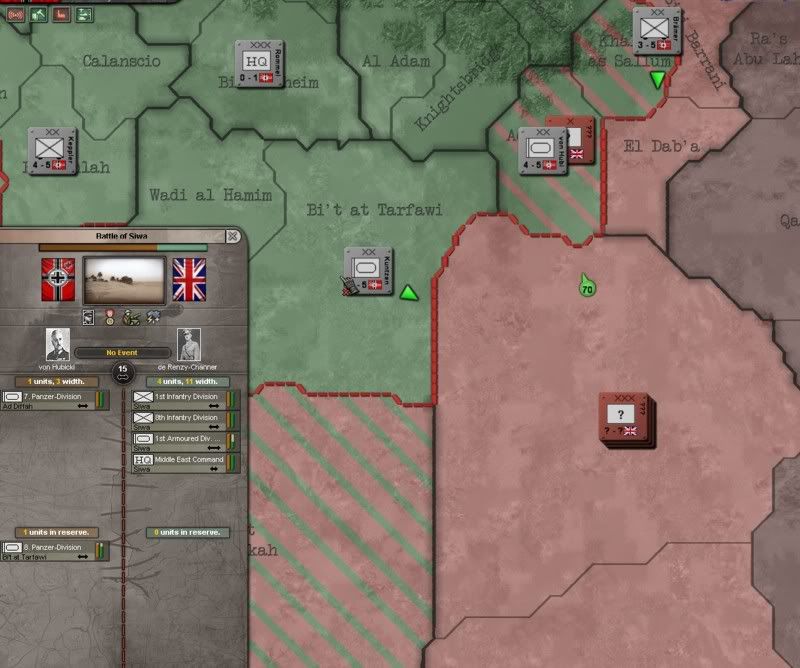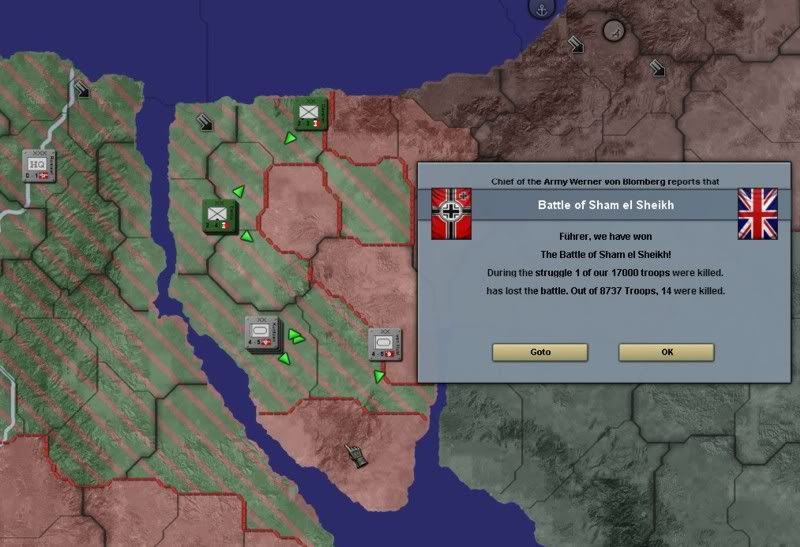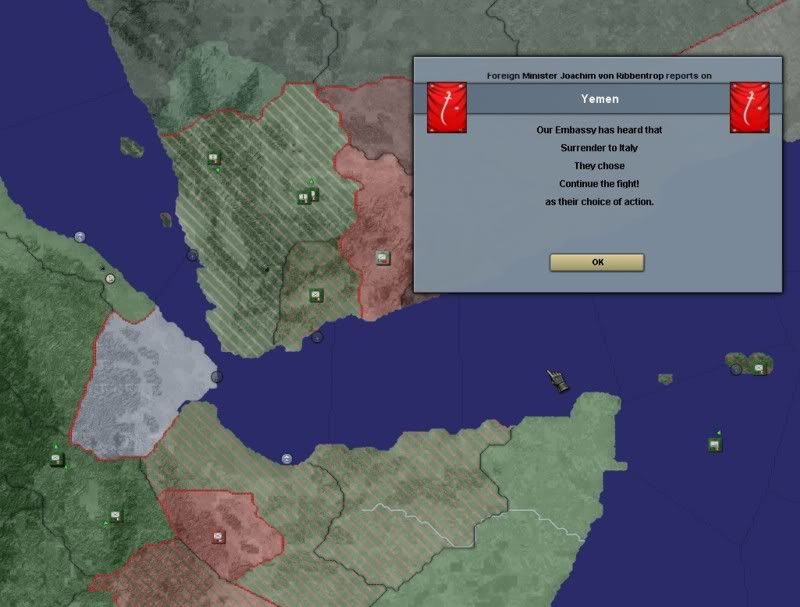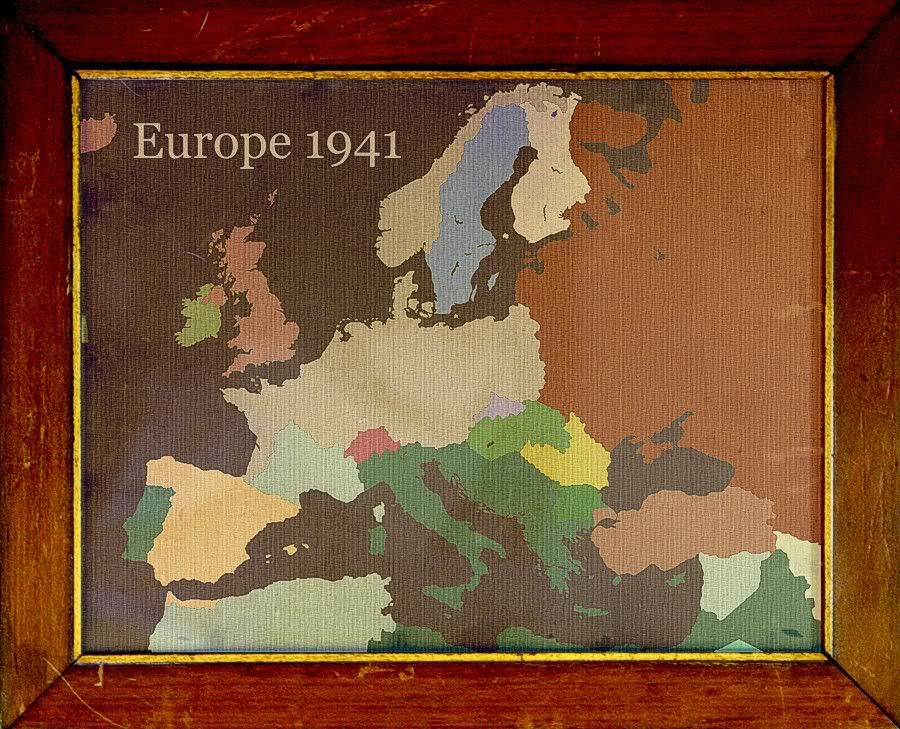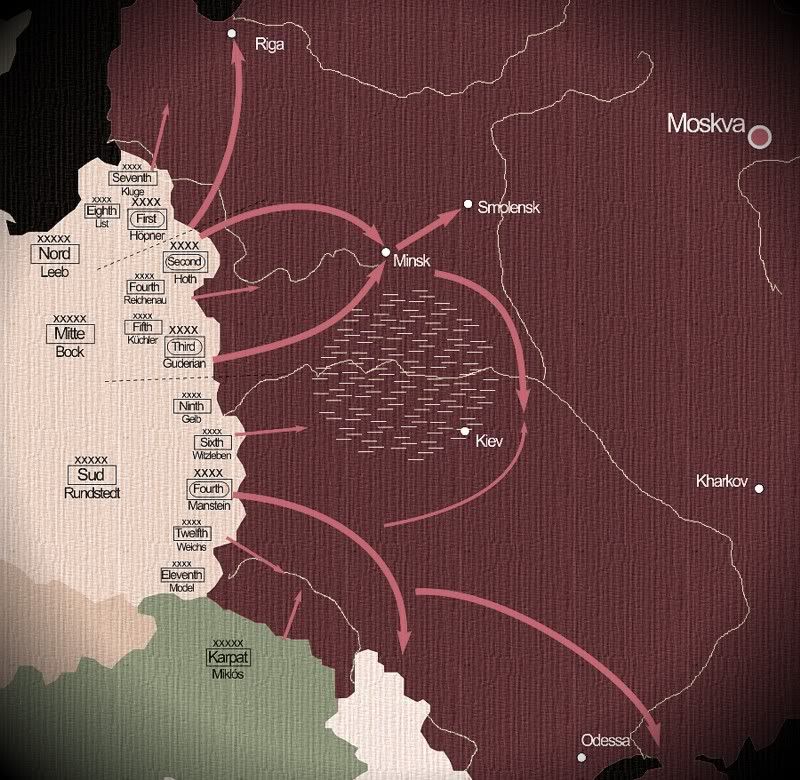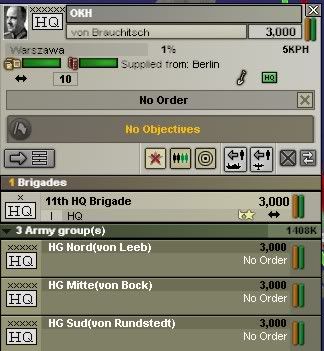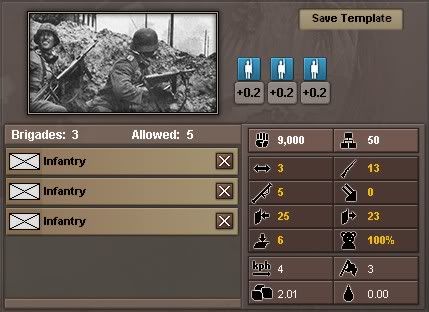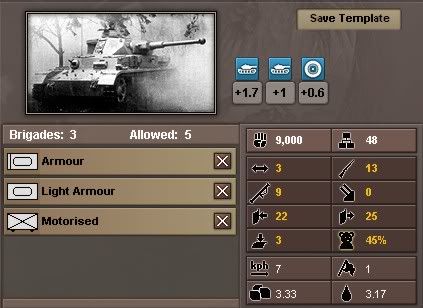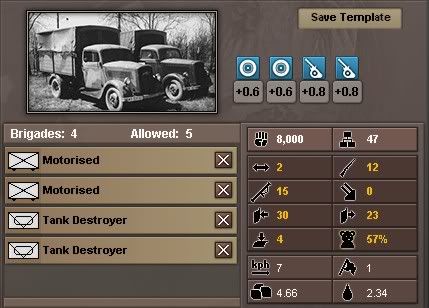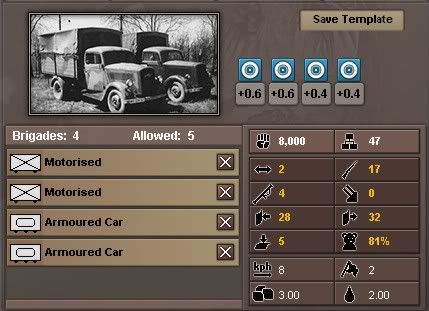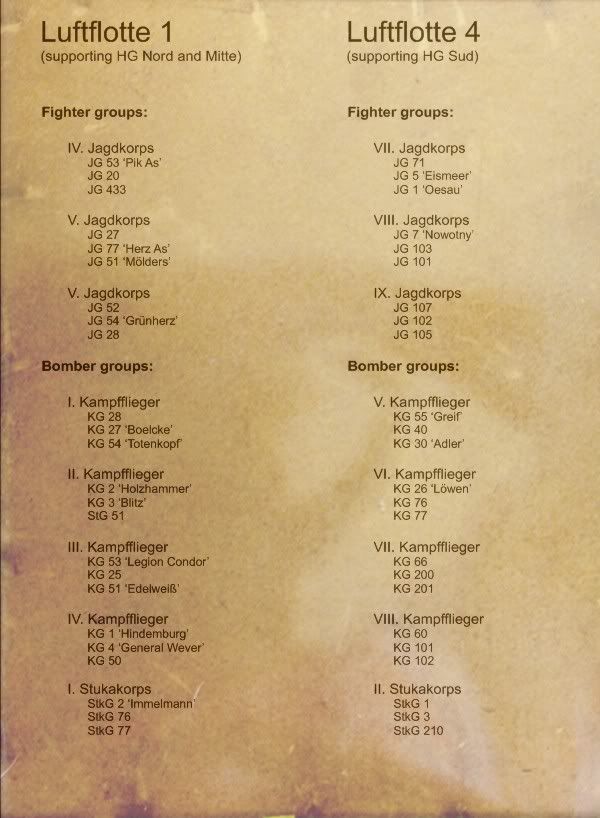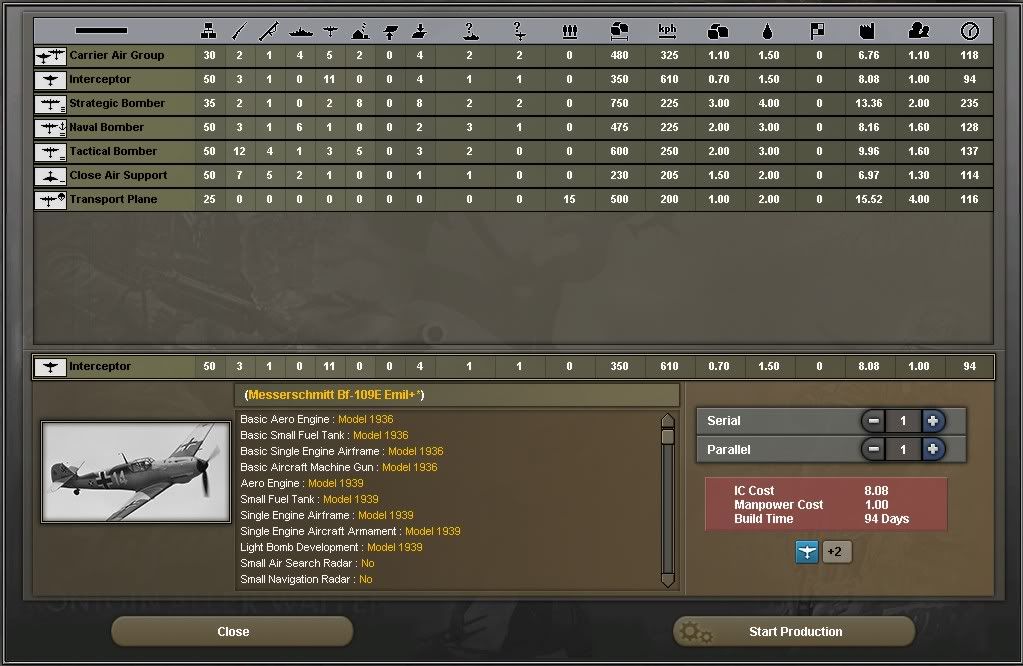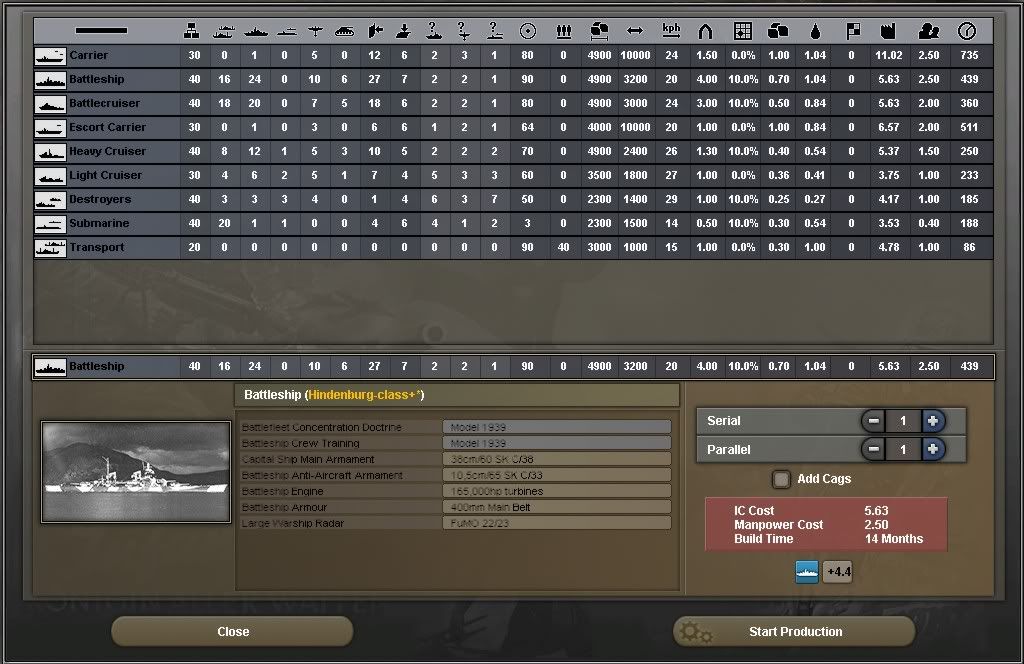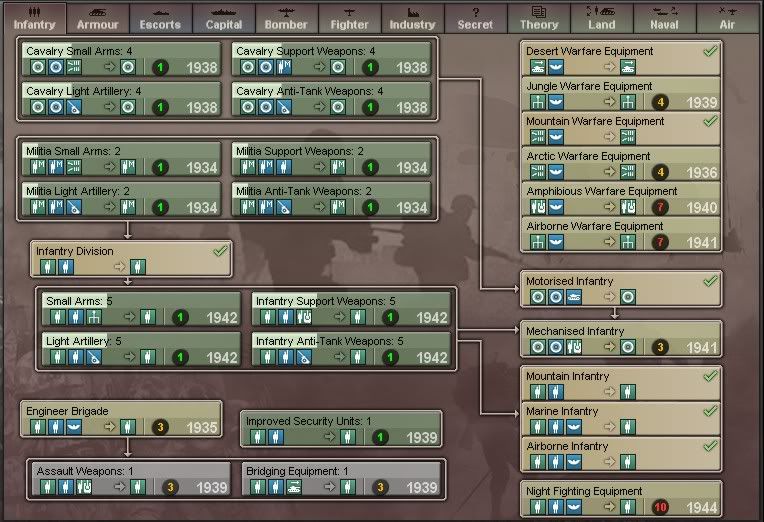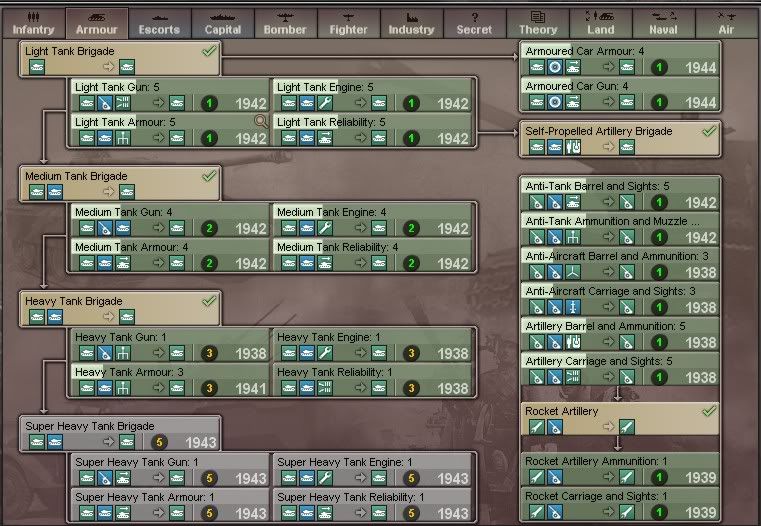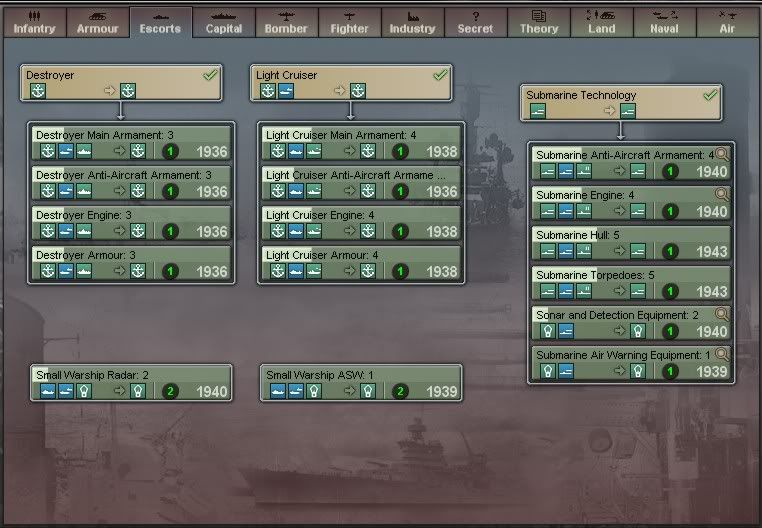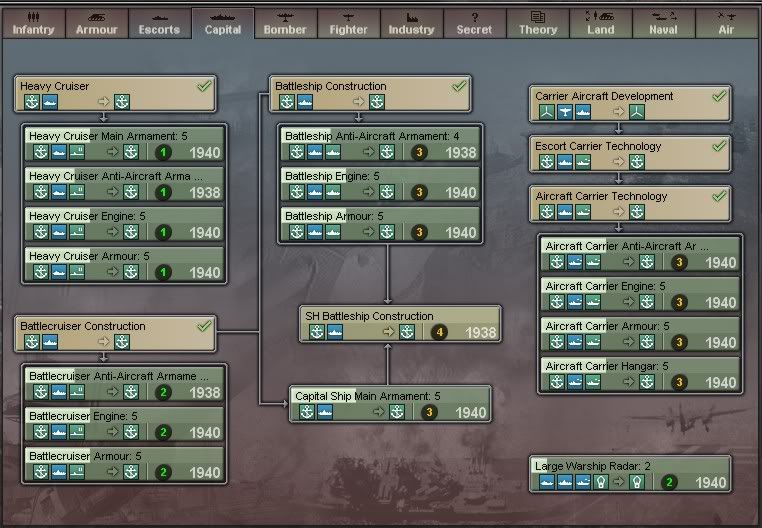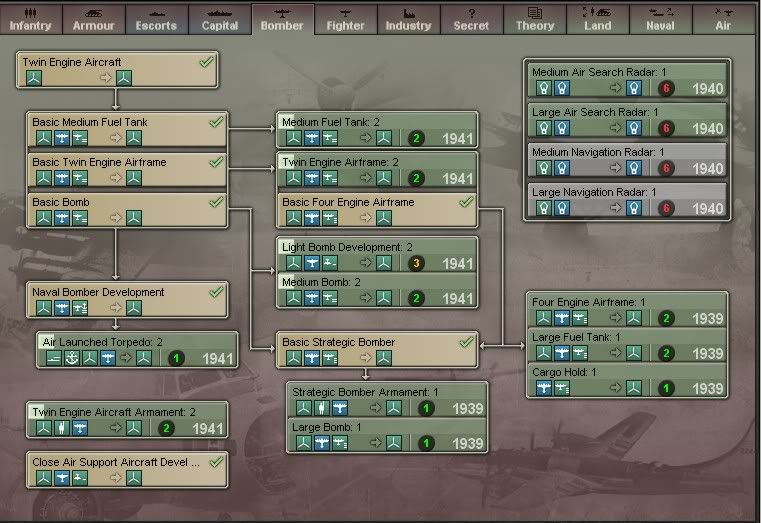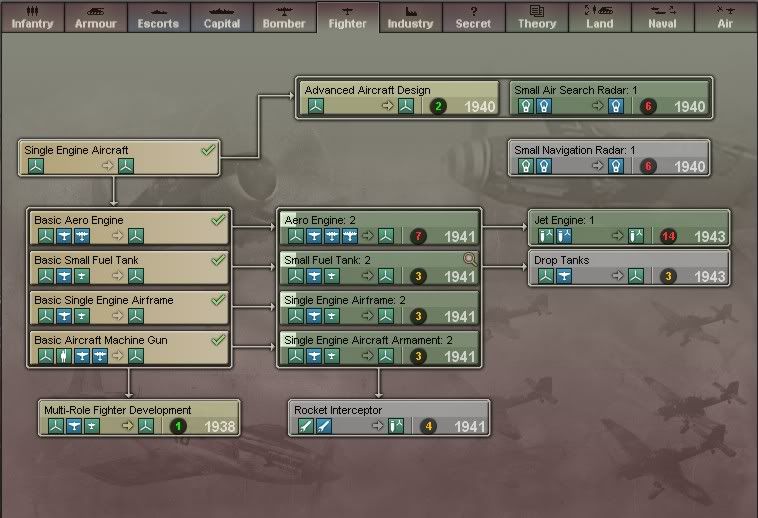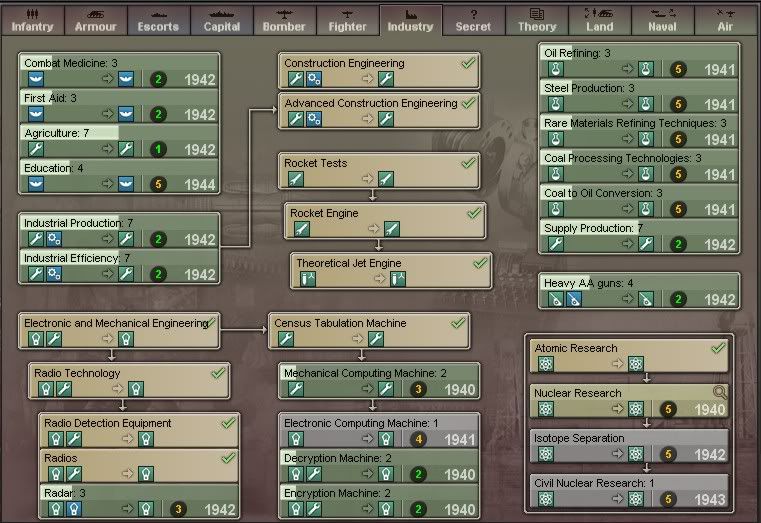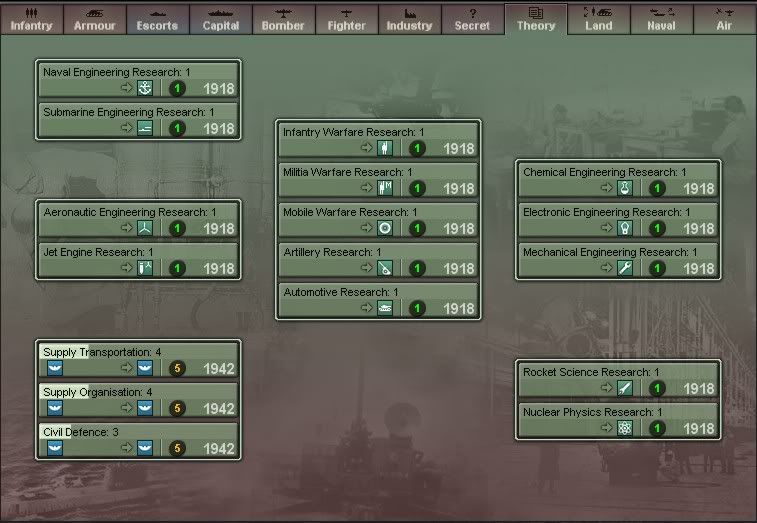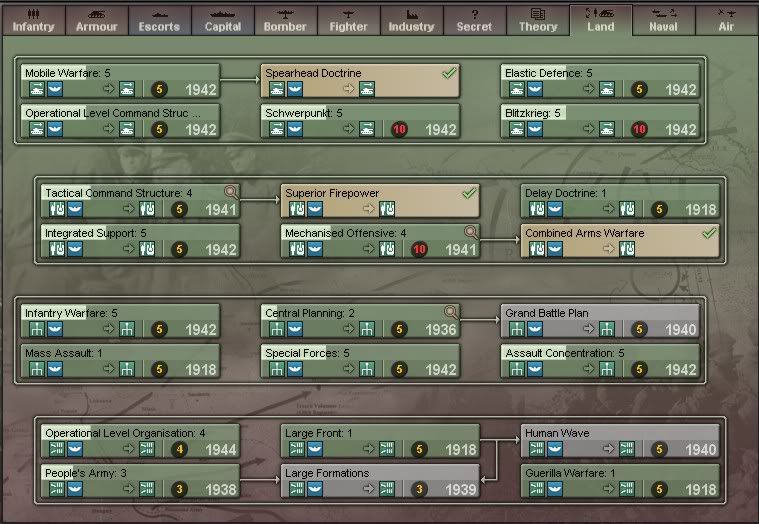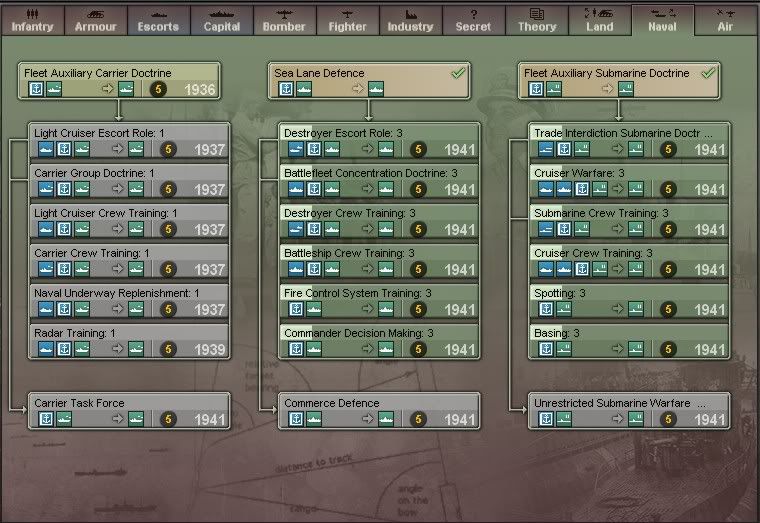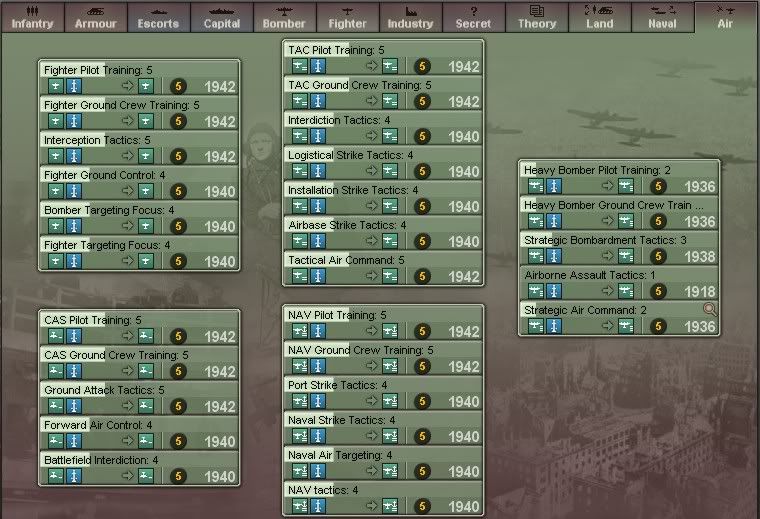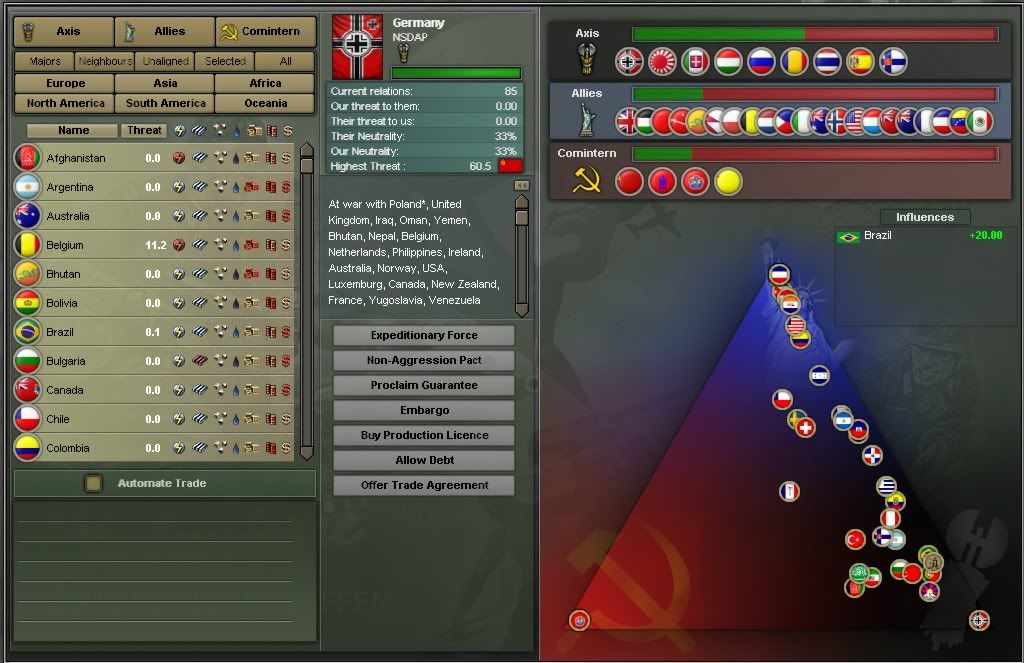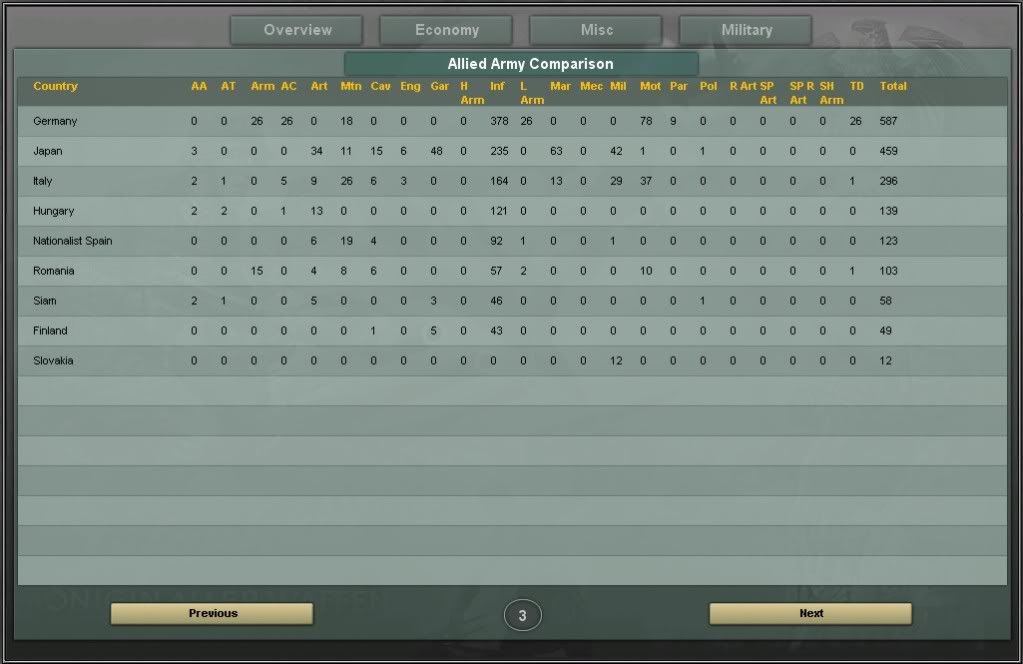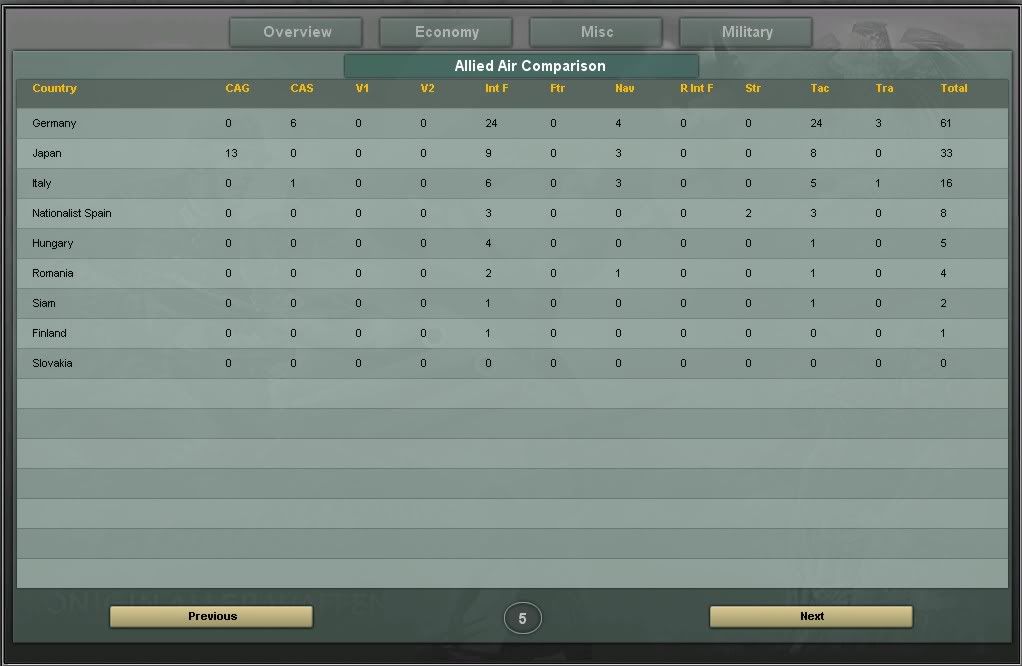The Road to Moscow
February 15, 1941
Franz Halder, Head of the General Staff, has been incumbed with the task of
planning Operation Barbarossa, some 7 months ago. Since then, he coordinated
efforts from the Intelligence services, to gather information about the Soviet
strength; with the Armament Ministry, to give feedback about the amount of
equipment and manpower would be needed; with the OKH and Army Generals, to
assure the plan would be tactically sound; and with Hitler himself, to assure the
strategic goals would be achieved.
Yet this effort wasn't all perfect. It was difficult to gather hard intelligence
about a so vast and secretive nation as the Soviet Union. Internally, conflicts
between the many Army and Police branches threatened to dillute the armament
efforts. Besides that, the vast majority of Generals was against invading the
Soviet Union in 1941 - the thing that obviously Hitler most wanted.
Even sparse and unreliable, the intelligence reports gave account of a large
Army. Sure, it had to defend a vast territory, but that was also their advantage
- they could afford loosing vast swathes of land, in exchange of time. It was
very unlikely that Japan would attack them, given that it was now concentrated
in his conquests in South and Central Asia. Finland could barely field enough
divisions to garrison its border. Turkey was neutral. Thus the only front that
really presented any danger to Stalin was its borders with Germany, Hungary and
Romania.
This was the biggest concern amongst the Generals minds - what if the Soviet
Union doesn't surrender as easily as France? What kind of war would be following
the initial attack, and was Germany prepared to sustain it? Hitler repeatedly said
he was aware of the stakes involved, but his Generals didn't believed so.
On the other hand, some pro-attack justifications solidified over time:
- Stalin may attack at any moment, thus is better to achieve initiative early.
- Soviet Union was the chief exporter of raw materials to Germany, but for how
long was a question mark. Depriving Germany from its exports may very well be
the same as defeating the Wehrmacht in the field.
- The Wehrmacht had more experience in the field than the Soviets, and could
use this to nullify their numerical superiority.
Thus a plan was devised to attack in June 1941.
Overall strengths
Intelligence indicated that the Soviets possessed 287 divisions, with more
than half stationed along Eastern Europe. Together, the Axis Powers of
Germany, Hungary, Romania and Finland mustered 242 divisions, therefore
having local superiority. However, Romania and Finland were unlikely to join
the war at its outbreak. Hungary, of the Germany allies, had the better troops
at its disposal, thus the immediate Axis strength was more like 190 divisions.
Halder organises the German troops in three Army Groups: Nord, Mitte and
Sud. The initial orders for all the Army Groups reflected the OKW desire: to
destroy as much as possible of the Red Army in the field. The HG Nord task was
to capture Riga, and encircle Soviet troops against the Baltic. The HG Mitte task
was to drive to Moscow through Minsk and Smolensk, while HG Sud was to
encircle the Soviet units in the Hungary border against the Karpat Army Group.
The follow-on attacks would be an encirclement of the Pripet Marshes, a region
that was to be avoided by the faster units; and a drive south to Crimea, to cut
off reminiscent Red Army units against the Black Sea.
Alongside that, a massive air bombardment would follow the breakthroughs and
critical areas.
From then on, no orders were explicitely given. It would be up to the
commanders in the field to decide how to progress further.
Operation Barbarossa Order Of Battle
Heer
One and a half million men were in command of Von Brauchitsch
Units composition
Infantry Division:
Panzer Division:
Motorized Infantry Division (first in a corps):
Light Motorized Infantry Division (second in a corps):
Luftwaffe
Air units stats:
Kriegsmarine
Naval units stats:
 Your writing on the invasion phases were quite excellent if I may say so myself, plus, some of those pictures (real world) were incredible, haven't really seen them in a era when a lot of the same pictures are seen in many different AARs.
Your writing on the invasion phases were quite excellent if I may say so myself, plus, some of those pictures (real world) were incredible, haven't really seen them in a era when a lot of the same pictures are seen in many different AARs. 



